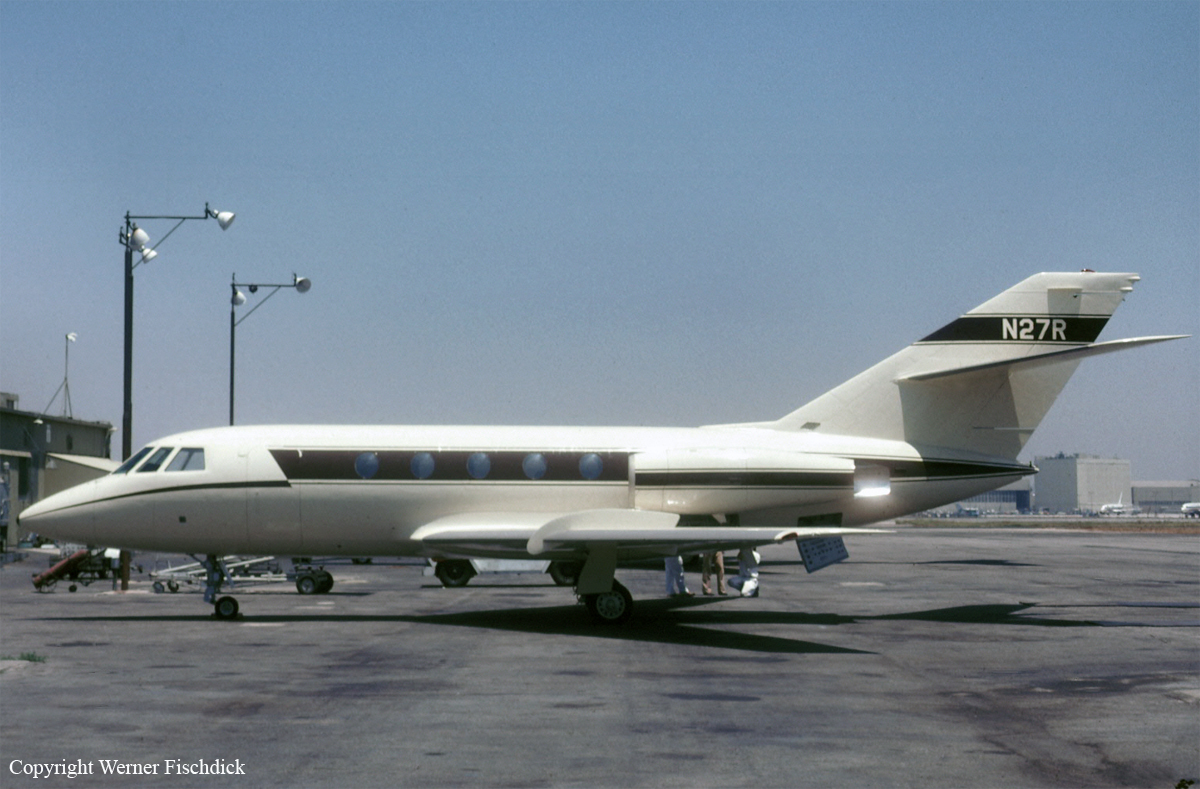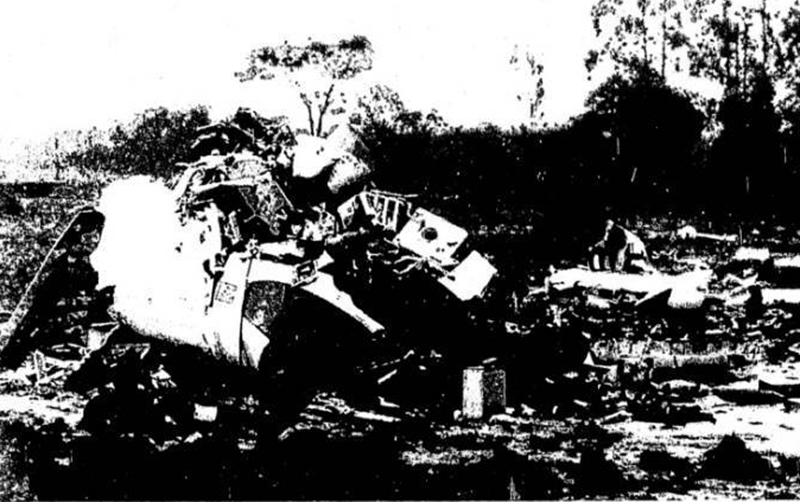Crash of a Cessna 500 Citation I in Rio de Janeiro
Date & Time:
Nov 12, 1976 at 2255 LT
Registration:
PT-KIU
Survivors:
Yes
Schedule:
Araçatuba – Rio de Janeiro
MSN:
500-0172
YOM:
1974
Crew on board:
2
Crew fatalities:
Pax on board:
6
Pax fatalities:
Other fatalities:
Total fatalities:
0
Circumstances:
After landing at Rio de Janeiro-Santos Dumont Airport, the airplane was unable to stop within the remaining distance, overran and came to rest into the Guanabara Bay about 100 metres past the runway end. All eight occupants were quickly rescued and the airplane sank 30 minutes later.








